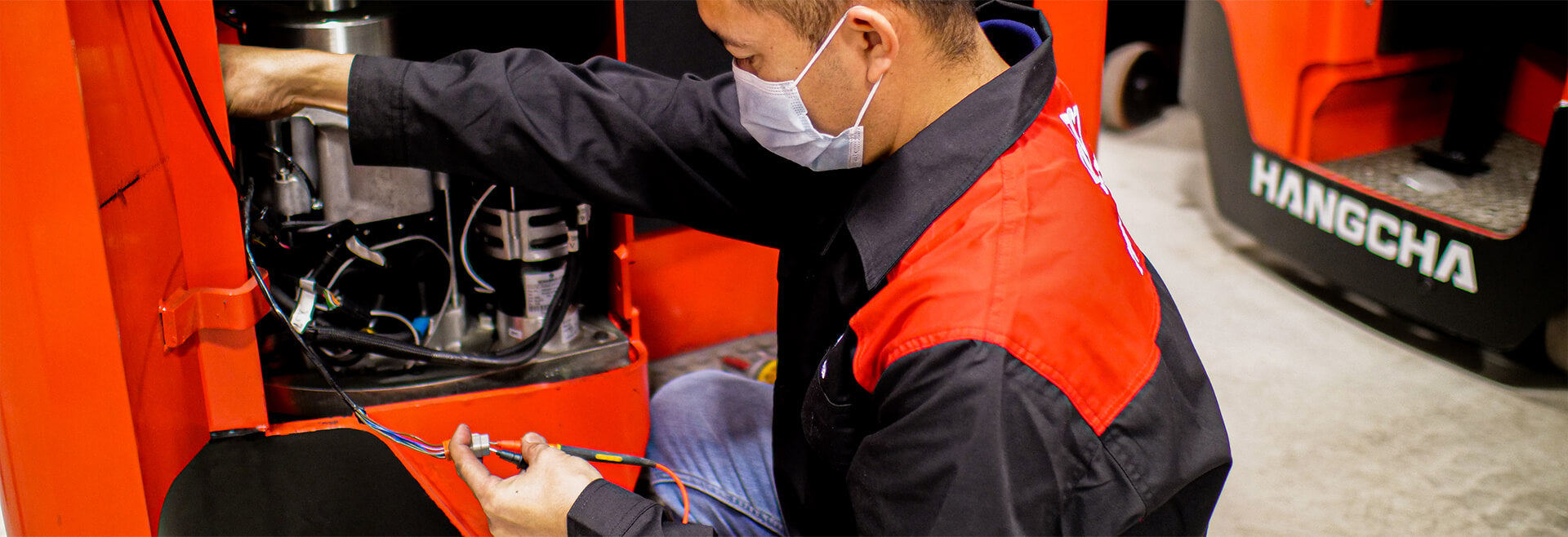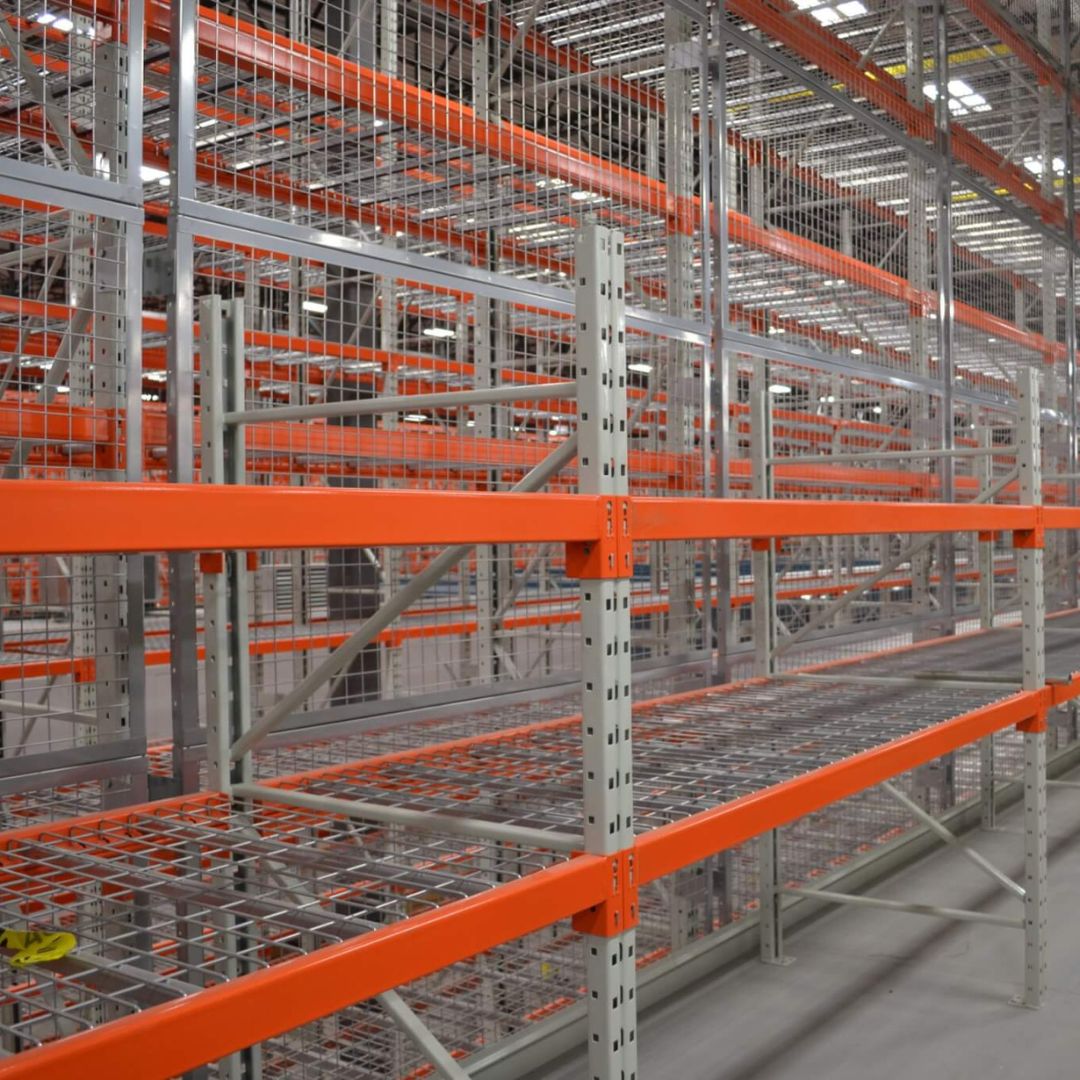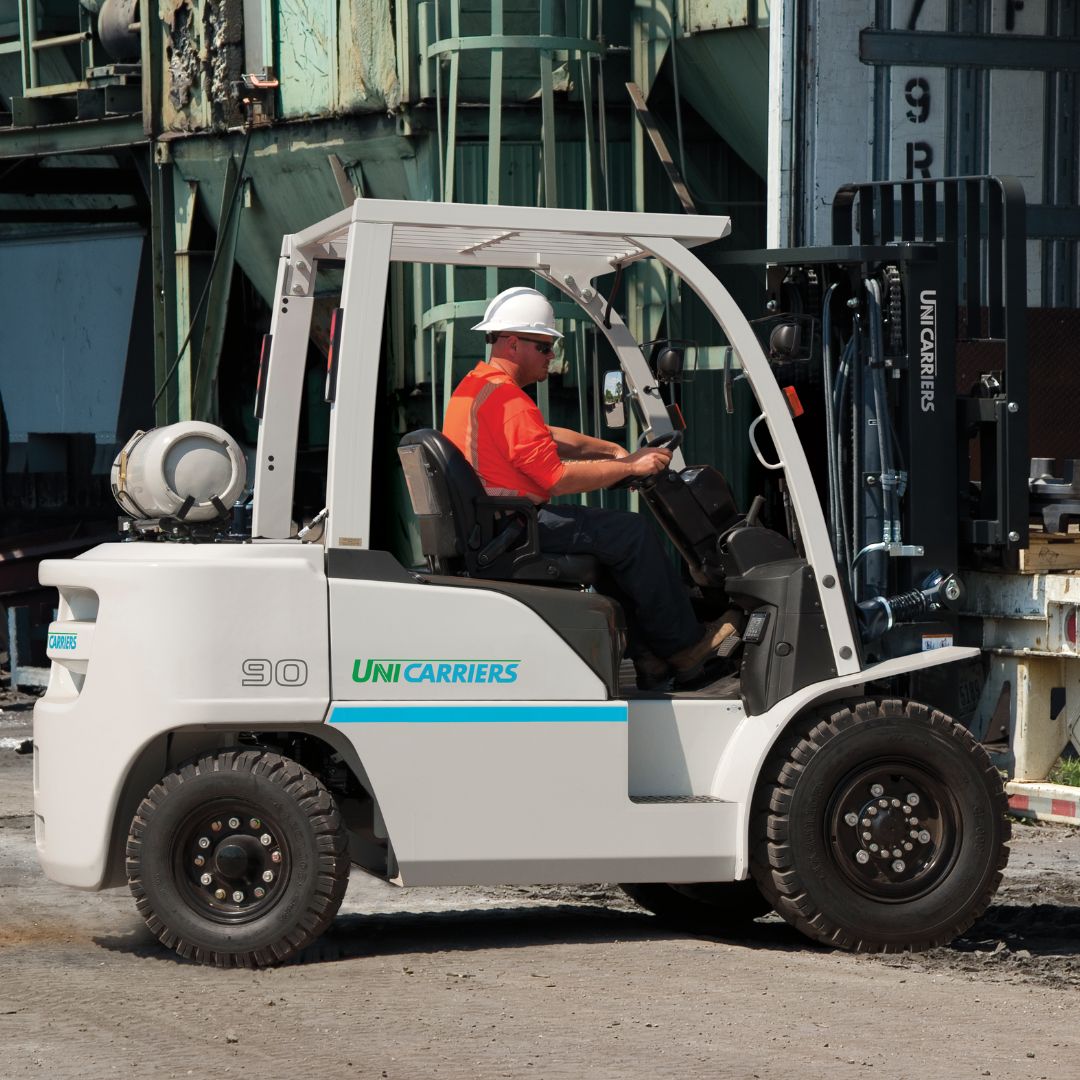Forklifts are essential equipment in many work environments, but their use comes with risks. Therefore, it's crucial to ensure these machines are inspected regularly to ensure the safety of operators and those around them. But how often should a forklift be inspected? And what should you check?
Why inspect forklifts regularly?
Forklifts are subject to constant stress. Regular inspections allow for early detection of signs of wear or malfunction. This has several advantages:
Breakdown PreventionIdentifying a problem early, such as a hydraulic leak or a damaged tire, can prevent more extensive repairs.
Sans',sans-serif;">Improved SafetyFrequent inspections reduce the risk of accidents related to poor equipment condition.
Optimized PerformanceWell-maintained equipment consumes less energy and operates more efficiently.
Reduced Operating CostsPreventive maintenance is often much less expensive than emergency repairs.
How often should you inspect a forklift?
Inspection Frequency The frequency of inspection depends on the type of activity, the intensity of use, and the number of shifts. Here are the generally recommended best practices:
Daily inspection (before each shift)
This is the minimum recommended frequency. It consists of a quick but thorough check of the following key elements:
- Fluid levels (hydraulic oil, battery, etc.)
- Tire and fork condition
- Brakes, horn, lights, turn signals
- Controls and dashboard
It must be performed by the operator before each use.
Inspection at each shift change
In sites where several teams take turns, a check at the start of each shift ensures safe and efficient handling of the forklift.
Periodic Thorough Inspection
At regular intervals (weekly, monthly, or as recommended by the manufacturer), a complete inspection by a qualified technician checks the internal components, hydraulic, electrical, and mechanical systems.
Forklift Inspection Checklist
Here are the things to check regularly:
- Braking and Direction
- Status of lifting chains
- Leaks (oil, coolant, etc.)
- Visual and audible signaling
- Tire pressure and condition
- Battery or level Fuel
- Lift and Tilt Controls
Best Practices for Effective Maintenance
- Use a standardized inspection sheet (paper or digital checklist).
- Train each operator to recognize warning signs.
- Keep an up-to-date maintenance log to ensure rigorous follow-up.
- Schedule technical interventions at strategic times to limit interruptions.
Regular forklift inspections should not be seen as a burden, but as an investment in operational safety, efficiency, and sustainability. A well-maintained fleet helps anticipate problems, optimize costs, and ensure a reliable working environment for all operators.











